#Britishindia
Explore tagged Tumblr posts
Photo
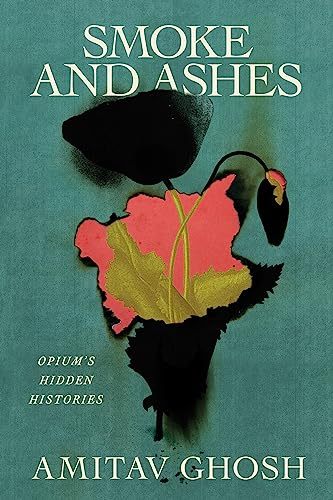
Smoke and Ashes: Opium's Hidden Histories
"Smoke and Ashes: Opium’s Hidden Histories" is a sweeping and jarring work of how opium became an insidious capitalistic tool to generate wealth for the British Empire and other Western powers at the expense of an epidemic of addiction in China and the impoverishment of millions of farmers in India. The legacy of this “criminal enterprise,” as the author puts it, left lasting influences that reverberate across cultures and societies even today.
Written in engaging language, Smoke and Ashes is a scholarly follow-up to the author’s famous Ibis trilogy, a collection of fiction that uses the opium trade as its backdrop. In Smoke and Ashes, the author draws on his years-long research into opium supplemented by his family history, personal travels, cross-cultural experience, and expertise in works of historical verisimilitude. Composed over 18 chapters, the author delves into a diverse set of primary and secondary data, including Chinese sources. He also brings a multidimensional angle to the study by highlighting the opium trade's legacy in diverse areas such as art, architecture, horticulture, printmaking, and calligraphy. 23 pictorial illustrations serve as powerful eyewitness accounts to the discourse.
This book should interest students and scholars seeking historical analysis based on facts on the ground instead of colonial narratives. Readers will also find answers to how opium continues to play an outsize role in modern-day conflicts, addictions, corporate behavior, and globalism.
Amitav Ghosh’s research convincingly points out that while opium had always been used for recreational purposes across cultures, it was the Western powers such as the British, Portuguese, the Spaniards, and the Dutch that discovered its significant potential as a trading vehicle. Ghosh adds that colonial rulers, especially the British, often rationalized their actions by arguing that the Asian population was naturally predisposed to narcotics. However, it was British India that bested others in virtually monopolizing the market for the highly addictive Indian opium in China. Used as a currency to redress the East India Company (EIC)’s trade deficit with China, the opium trade by the 1890s generated about five million sterling a year for Britain. Meanwhile, as many as 40 million Chinese became addicted to opium.
Eastern India became the epicenter of British opium production. Workers in opium factories in Patna and Benares toiled under severe conditions, often earning less than the cost of production while their British managers lived in luxury. Ghosh asserts that opium farming permanently impoverished a region that was an economic powerhouse before the British arrived. Ghosh’s work echoes developmental economists such as Jonathan Lehne, who has documented opium-growing communities' lower literacy and economic progress compared to their neighbors.
Ghosh states that after Britain, “the country that benefited most from the opium trade” with China, was the United States. American traders skirted the British opium monopoly by sourcing from Turkey and Malwa in Western India. By 1818, American traders were smuggling about one-third of all the opium consumed in China. Many powerful families like the Astors, Coolidges, Forbes, Irvings, and Roosevelts built their fortunes from the opium trade. Much of this opium money, Ghosh shows, also financed banking, railroads, and Ivy League institutions. While Ghosh mentions that many of these families developed a huge collection of Chinese art, he could have also discussed that some of their holdings were most probably part of millions of Chinese cultural icons plundered by colonialists.
Ghosh ends the book by discussing how the EIC's predatory behaviors have been replicated by modern corporations, like Purdue Pharma, that are responsible for the opium-derived OxyContin addiction. He adds that fossil fuel companies such as BP have also reaped enormous profits at the expense of consumer health or environmental damage.
Perhaps one omission in this book is that the author does not hold Indian opium traders from Malwa, such as the Marwaris, Parsis, and Jews, under the same ethical scrutiny as he does to the British and the Americans. While various other works have covered the British Empire's involvement in the opium trade, most readers would find Ghosh's narrative of American involvement to be eye-opening. Likewise, his linkage of present-day eastern India's economic backwardness to opium is both revealing and insightful.
Winner of India's highest literary award Jnanpith and nominated author for the Man Booker Prize, Amitav Ghosh's works concern colonialism, identity, migration, environmentalism, and climate change. In this book, he provides an invaluable lesson for political and business leaders that abdication of ethics and social responsibility have lasting consequences impacting us all.
Continue reading...
18 notes
·
View notes
Photo

It was not until 1861, with the imposition of the British legal system in India, renamed Indian Penal Code (IPC), that sodomy, and thus same-sex acts (again, among men), were outlawed among Indians across the whole of British-held subcontinental territory, via IPC article 377 (Which was recently repealed in 2018 in Independent India) This act marks the supplanting of local time/spaces of queer acceptance, as evidenced in texts and practices mentioned above, with generalized male homosexual repression. Read Full Article by clicking on Link Bio #newblog #article #india #queer #Homophobia #lgbt #colonialism #britishindia #section377 #pride https://www.instagram.com/p/Cnrfg16o1Pf/?igshid=NGJjMDIxMWI=
2 notes
·
View notes
Text

0 notes
Text

#bharat#LokmanyaTilak#lokmanyatilak#BalGangadharTilak#pune#ratnagiri#britishindia#britishrule#independence#freedom#freedomfighter#revolutionary#politics#kesari#hindutva#hinduism#Hindutvawadi#swarajya#nationalism#patriosim#historyfacts#indianhistory#BirthAnniversary
0 notes
Video
youtube
One Day, Five Nations: How December 12th Reshaped the World Map #shorts
#youtube#historythisday december12 historicalevents bostonmassacre americanrevolution iranianhistory firstcrusade mexicanindependence britishindia hi
0 notes
Text
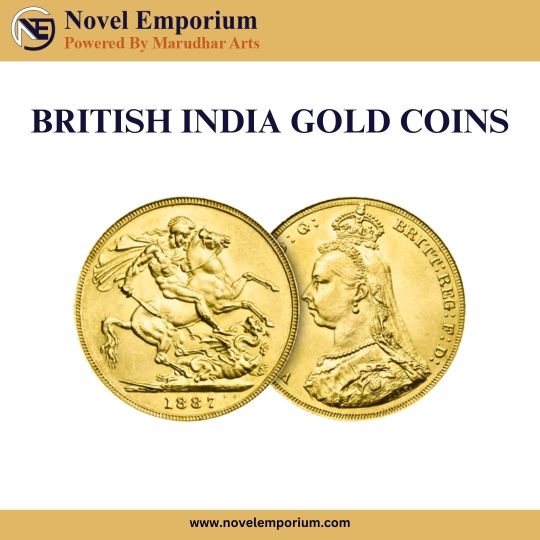
Ancient Gold Coins
Ancient gold coins are valuable artifacts that provide a glimpse into the economic and cultural history of ancient civilizations. These coins, minted centuries ago, hold not only material worth but also immense historical and archaeological significance.
Ancient coins are old coins that people used a long time ago to buy things. They were made of special metals like gold, silver, or bronze and had pretty pictures and words on them that showed what was important back then. These coins tell us a lot about how people lived and what they thought was valuable in ancient times.
We have a great collection of ancient gold and silver coins from various civilizations such as the Romans, Greeks, Persians, and Indian Gupta. These coins were not only important for trade but also symbolized power and prosperity, representing the rulers and cultures of their respective civilizations.
To Buy now
visit our website: www.novelemporium.com
Call: 88670 29800
Email: [email protected]
#British india Gold Coins#British india Bronze Coins#British india Copper Coins#BritishIndia Silver Coins#British India Rupee Coins#British Anna Coins#King George and Victoria Coins
0 notes
Text
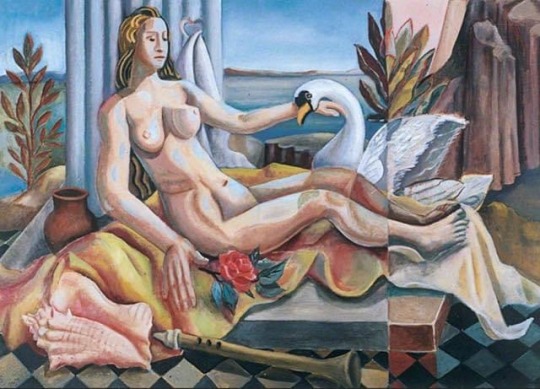
Leda and the Swan by Valentine Dobrée © the artist's estate. Image credit: The Stanley & Audrey Burton Gallery, University of Leeds
Born: Gladys May Mabel Brooke-Pechell, 1894, Cannanore, British India
Died: #onthisday 14 May 1974 (age 79–80)
Valentine Dobrée (1894–1974) was a visual artist, specialising in oil painting and collage, novelist and poet. Via Wikipedia
#ValentineDobrée #britishindia #womenpainters #artherstory #artbywomen #womensart #palianshow #art #womenartists #femaleartist #artist
34 notes
·
View notes
Text
Anglo Indian Ebony and porcupine quill box with sliding top, Circa 1880. Box G
Anglo Indian Ebony and porcupine quill box with sliding top, Circa 1880. Box G #antiques #decorativearts #angloindian #quillbox #britishindia #victorian #interiordesign #sanfrancisco
Anglo Indian Ebony and porcupine quill box with sliding top; India made for an English market,[1. Although porcupine quill boxes were originally made for English residents, by the late 19th century, there was a thriving commercial export trade. The production of porcupine quill boxes and furniture falls between around 1850 and 1900. https://en.wikipedia.org/wiki/Sinhalese_porcupine_quill_boxes…

View On WordPress
3 notes
·
View notes
Text
The Hindu Widow Remarriage Act of 1856 was a law made by the British government in India to help Hindu widows. Before this law, widows were not allowed to remarry and were treated badly by society. Social reformers like Ishwar Chandra Vidyasagar worked hard to change this. The Act allowed widows to remarry and made sure that children from these marriages were considered legal. It also protected the widows' rights to property and inheritance. . . 🚀 Stay updated on current affairs, motivation and important notes for free. Join our telegram:➡️ https://t.me/breakthroughpoint_001 . .
hinduwidowremarriageact #1856 #socialreform #ishwarchandravidyasagar #britishindia #widowrights #indianhistory #womenrights #propertyrights #widowstrong #remarriage #onthisday #onthisday2024 #onthisdayinhistory #historylovers #nda #ssb #cds #upsc #defenceaspirants
0 notes
Text

Rupee inches closer to becoming international currency; these 18 countries now accept trade payment in INR.
#abhousingrealltypvtltd
#rupees #india #money #indiancoins #dream #banknotes #indiancurrency #indian #indiannotes #coincollecting #coincollector #currency #oldcoins #coin #worldcoins #coins #dollar #britishindia #collection #indiannote #silvercoins #coinscollector #coinscollection #rupee #banknotescollection #rarecoins #oldcoinsforsale #coinscollectors #stamps #currencycoinscollection
0 notes
Photo
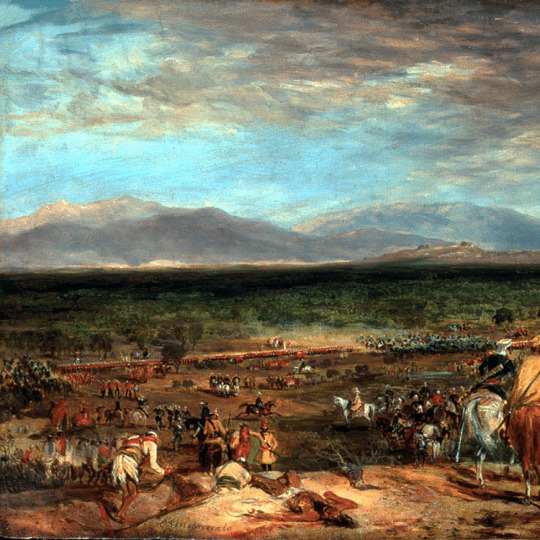
Battle of Chillianwala
The Battle of Chillianwala on 13 January 1849 was a bloody and indecisive clash between the British East India Company (EIC) and the Sikh Empire during the Second Anglo-Sikh War (1848-9). The EIC commander, General Gough, employed the dated strategy of an infantry charge against well-prepared Sikh positions, and a quarter of his men paid the ultimate price.
The Battlefield of Chillianwala
National Army Museum, London (Public Domain)
Continue reading...
94 notes
·
View notes
Photo

RANI LAKSHMIBAI Homage to the symbol of resistance to the British Raj for Indian nationalists. 🤺🇮🇳 #potterycandlebar #ranilaxmibai #ranilakshmibai #homage #lakshmibai #laxmibai #madhyapradesh #jhansi #jhansikirani #jhansikiranilaxmibai #raniofjhansi #maratha #marathas #marathi #indianrebelion #1857 #india #indianfreedomfighter #freedomfighter #britishindia #britain #british #sketch #sketching #sketchbook #illustration #illustrationartists #illustragram #blackandwhite #viralpost (at Pottery, The Candle Bar) https://www.instagram.com/p/Ce9UR3LhDzJ/?igshid=NGJjMDIxMWI=
#potterycandlebar#ranilaxmibai#ranilakshmibai#homage#lakshmibai#laxmibai#madhyapradesh#jhansi#jhansikirani#jhansikiranilaxmibai#raniofjhansi#maratha#marathas#marathi#indianrebelion#1857#india#indianfreedomfighter#freedomfighter#britishindia#britain#british#sketch#sketching#sketchbook#illustration#illustrationartists#illustragram#blackandwhite#viralpost
3 notes
·
View notes
Photo

Southern Asia 100 years ago today: Third Anglo-Afghan War (11 Jun 1919) https://buff.ly/2R85dGm The unrest in India around the Amritsar massacre encouraged Afghanistan to assert itself against Britain. In May 1919 it invaded northern India, but was rapidly pushed back by the British. Nonetheless, in the ensuing peace treaty, Britain agreed to recognize Afghanistan as a fully independent state. #southernasia #history #welovehistory #welovemaps #map #1910s #20thcentury #modernhistory #1919 #afghanistan #britishempire #britishraj #afghanhistory #britishindia #angloafghanwar #afghanwar #june #june11 #maps #todayinhistory #historytoday #historyteacher #historybuff #historygeek #historynerd #worldhistory #cartography #ww100 #asianhistory #100yearsago (at Jalalabad, Afghanistan) https://www.instagram.com/p/Byj9p1WgTyy/?igshid=3bjw2melzqvf
#southernasia#history#welovehistory#welovemaps#map#1910s#20thcentury#modernhistory#1919#afghanistan#britishempire#britishraj#afghanhistory#britishindia#angloafghanwar#afghanwar#june#june11#maps#todayinhistory#historytoday#historyteacher#historybuff#historygeek#historynerd#worldhistory#cartography#ww100#asianhistory#100yearsago
15 notes
·
View notes
Text
Vapour Trails Gary Grimble Xmas Show 19.12.19
#annielennox#britishindia#cracker#fountainsofwayne#futureheads#greglake#herbalpert#hplovecrafthistoricalsociety#isobelcampbell#jesus&marychain#jethrotull#jimmybuffet#lemmy#lorettalynn#marklanegan#ramones#thevandals#transsiberianorchestra#vapourtrails#withintemptation
1 note
·
View note
Photo
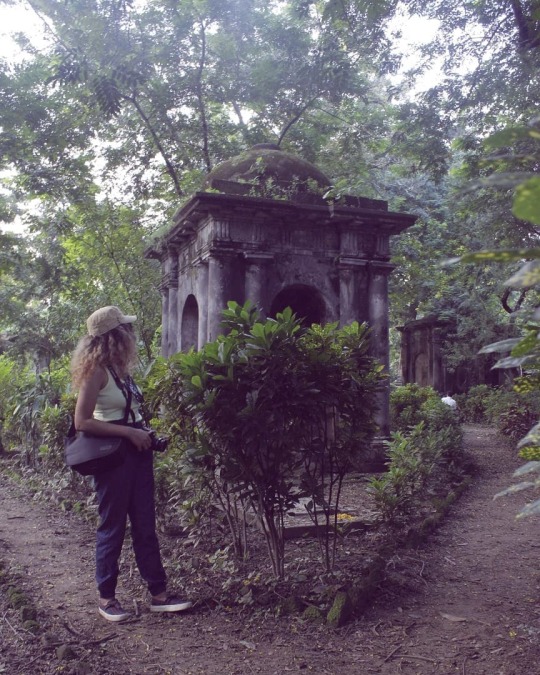
In Kolkata, a tranquil and crumbling British cemetery is a haunting monument to an unforgiving time. #tranquil #crumbling #britishcemetery #british #cemetery #hauntingmonument #haunting #monument #unforgiving #unforgivingtime #time #history #colonialindia #britishera #britishindia #kolkata #parkstreetcemetry #parkstreet #westbengal #eastindia #east #india #jaggyasenee #jaggyaseneechakraborty #artyjc (at South Park Street Cemetery) https://www.instagram.com/p/B4cpsOSBCIg/?igshid=l39xbo9j0qlv
#tranquil#crumbling#britishcemetery#british#cemetery#hauntingmonument#haunting#monument#unforgiving#unforgivingtime#time#history#colonialindia#britishera#britishindia#kolkata#parkstreetcemetry#parkstreet#westbengal#eastindia#east#india#jaggyasenee#jaggyaseneechakraborty#artyjc
1 note
·
View note
Text
Rishi Sunak: A Modern Leader Of An Ancient Empire
Rishi Sunak: A Modern Leader Of An Ancient Empire
Thames is facing a lot of issues,its water is mixed with paper tissues,but that’s not the major issue,an Indian as PM is going to pursue. The empire on which the sun never sets,during the peak of all the industrialtests,Britain has looted all the assets,and pushed others to misery and debts. Asians and Africans were the prey,who were immersed in internal fray,now English hair has turned to…

View On WordPress
#africa#afroasia#asia#britain#british#Britishindia#britishprimeminister#colonialera#colonialism#colonisation#colony#england#english#greatbritain#History#imperialism#imperialist#poem#poems#poetries#poetry#primeminister#rishisunak#satire#satirepoetry#unitedkingdom#wordpress#wordpresspoems#wordpresspost#wordpresssite
1 note
·
View note